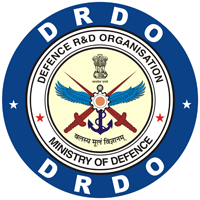DUNET Dilated UNET for Brain Tumor Sub Region Segmentation using MRI Images
DOI:
https://doi.org/10.14429/dlsj.9.19183Keywords:
Medical image segmentation, Deep learning, CNN, UNET, Medical diagnosis, MRIAbstract
The precise diagnosis and treatment planning of brain tumors significantly rely on the accurate segmentation of sub-regions from Magnetic Resonance Imaging (MRI) data. In this research, we propose a framework, D-UNET (Dilated-UNET), which enhances the traditional UNET architecture by incorporating dilated convolutions. UNET is the deep CNN architecture widely adopted for biomedical image segmentation tasks. D-UNET is specifically designed for brain tumor sub-region segmentation from multi-modal (T1, T2, T1ce, Flair) MRI images in nifti file format, each comprising 155 slices. The framework comprises of four distinct steps viz. data collection, data preprocessing, model training, and outcome evaluation. D-UNET employs two key modules during training, the dilated encoding module and the dilated decoding module. These modules enable the model to efficiently capture multi-scale contextual information, facilitating better representation learning for complex and varied tumor sub[1]regions. We evaluated the performance of D-UNET using Intersection over Union and Dice Coefficient metrics. The experimental results demonstrate that D-UNET outperforms the traditional UNET and other benchmark models in terms of segmentation accuracy. Notably, D-UNET excels in capturing finer details and intricate shapes of tumor sub-regions, contributing to its superiority in brain tumor segmentation. The ability to precisely delineate tumor sub-regions from different modalities provides crucial insights for medical professionals in treatment planning and decision-making.
Downloads
Published
How to Cite
Issue
Section
License
where otherwise noted, the Articles on this site are licensed under Creative Commons License: CC Attribution-Noncommercial-No Derivative Works 2.5 India

